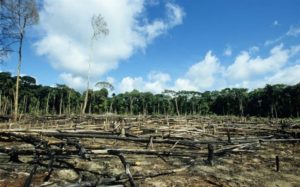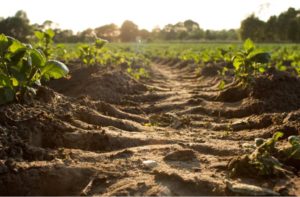Anyone considering a career in agriculture needs to learn about potential problems. With climate issues and green living on all our minds, many are fighting for change here. And, if you don’t do your research, you could struggle to make a go of things. People just aren’t willing to pay for unsustainable practices anymore, and rightly so.
The sad fact is, farming is one of the most harmful environmental practices out there. Over 37% of the world’s methane emissions come from farmed animals. Agriculture also uses 70% of the world’s freshwater resources. Add to that the fact farming in America alone has led to 260 million acres of deforestation, and you should start to see a theme. Often, agriculture just isn’t sustainable.

And, consumers are realizing this reality. Diets like veganism have increased by 600% in the last three years. It should come as no surprise, then, that many farmers are feeling the pressure to keep up with the changing tastes of a nation. Add these issues together, and it seems there’s one obvious solution – sustainable farming. It is what it says on the tin, but how exactly can you achieve it?
Stick to crops
While small-scale animal farms cause less environmental damage than factories, all herds contribute to methane emissions. Just one cow will produce 100 kg of methane in a year. Instead of opting for animals, then, you might be best sticking with crop production. This suits the veganism trend we spoke about, while also going some way towards reducing any damage. In fact, many argue that crop production is good for soil. So, this alone could see you getting customer onside from the off.

Improve your processes
Of course, even crops can do environmental damage. Most of the water waste we spoke about goes towards this cause. And, most deforestation happens for this cause, too. But, there are some ways to reduce that damage. Proper water irrigation systems can ensure you minimize the amount of water you use. It’s also worth ensuring you get the most out of every acre of land you have to hand. That way, there won’t be any need for further deforestation or destruction. If you aren’t sure how to maximize land potential, companies like River Country Cooperative offer agronomy programs to help you. If that appeals, don’t hesitate to visit them and get started. If not, take these matters into your own hands. Do your research, and take time planning systems with the least environmental impact.
Find new uses for spare land
The chances are that you’re going to have additional land on your hands. This is especially true if you aren’t farming animals. Admittedly, there’s a temptation to turn those free fields into crops, too. But, in keeping with sustainability, it’s worth keeping at least a little land aside for conservation. By planting trees and encouraging wildlife here, you can make sure that you’re giving a little back. And, that can go a considerable way towards getting the public onside.



Recent Comments